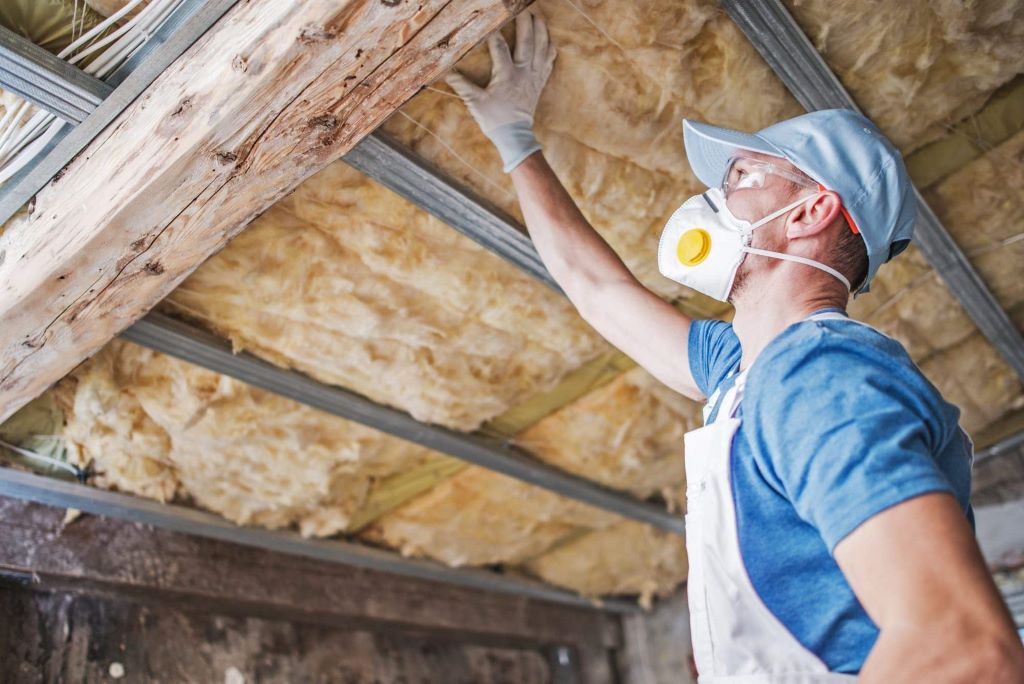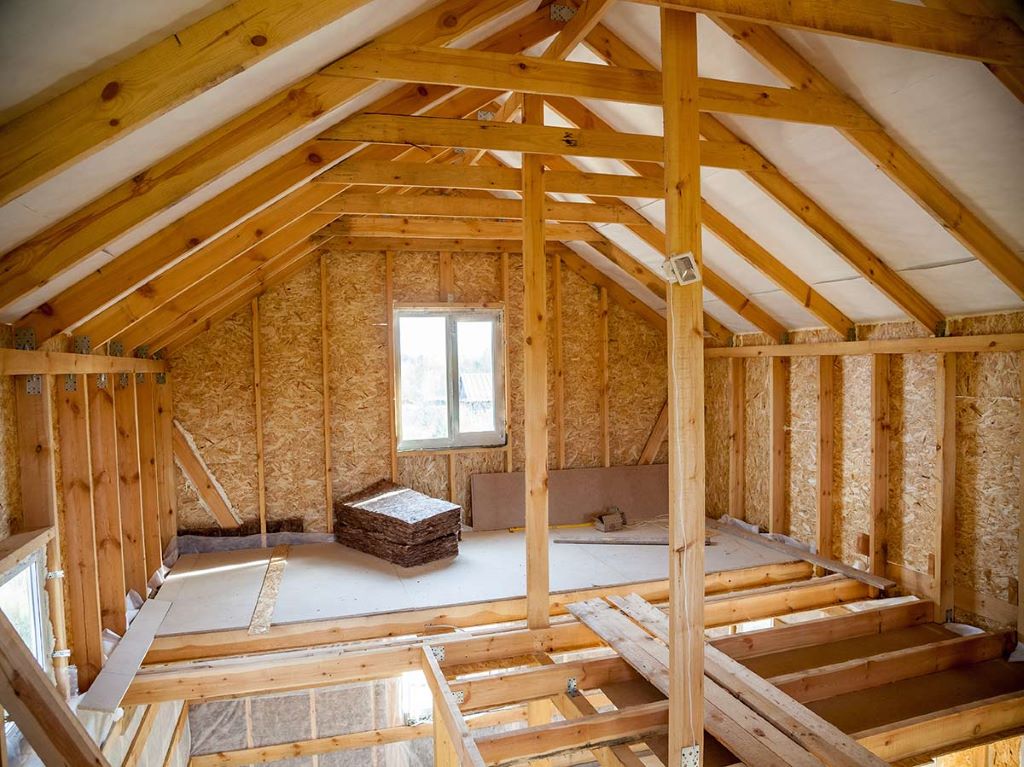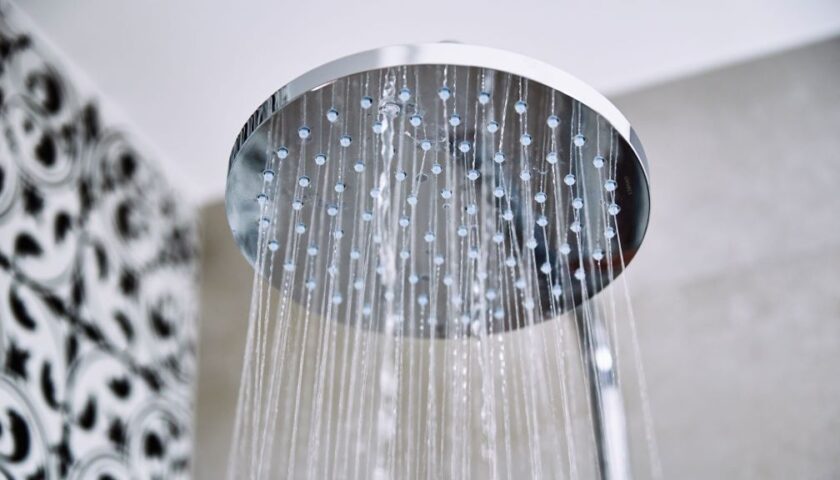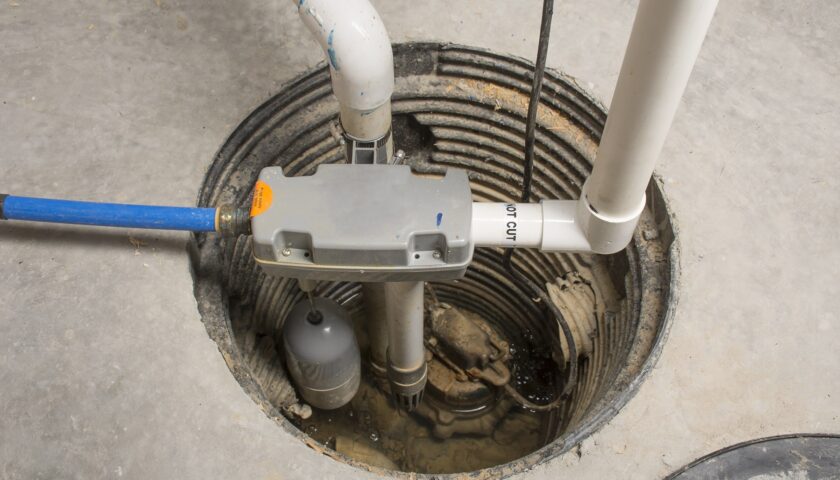When it comes to making your home more energy-efficient, one of the often-overlooked areas is the attic. Proper attic insulation can significantly impact your home’s comfort and energy bills. In this comprehensive guide, we will explore various strategies and tips on how to improve attic insulation.
Understanding the Importance of Attic Insulation
Before diving into the nitty-gritty details of attic insulation, let’s understand why it matters. Attic insulation serves two primary purposes:
- Temperature Regulation: Attic insulation acts as a barrier between the inside and outside temperatures. It helps maintain a comfortable indoor climate year-round.
- Energy Efficiency: Proper insulation reduces the need for excessive heating or cooling, resulting in lower energy bills.
The Basics of Attic Insulation
1. Types of Attic Insulation
Attic insulation comes in several homey improvements types, including fiberglass, cellulose, and spray foam. Each has its advantages and disadvantages, but all can be effective when installed correctly.
2. R-Value: What Does it Mean?
The R-value measures the insulation material’s thermal resistance. A higher R-value indicates better insulation. The recommended R-value for attic insulation depends on your location’s climate.
3. Attic Ventilation
Proper attic ventilation is crucial to prevent moisture buildup and maintain the effectiveness of insulation. Consider installing soffit and ridge vents for adequate airflow.
DIY vs. Professional Installation
4. DIY Attic Insulation
If you’re handy, you can tackle attic insulation as a DIY project. Ensure you wear protective gear, follow safety guidelines, and use the right insulation material for your attic.
5. Professional Attic Insulation
For complex projects or if you’re not comfortable with DIY, hiring a professional insulation contractor is a wise choice. They have the expertise and equipment to do the job efficiently.
Improving Attic Insulation: Practical Tips
6. Sealing Gaps and Cracks
Before adding insulation, seal any gaps or cracks in the attic. This prevents air leakage and ensures insulation works effectively.
7. Proper Installation Techniques
When installing insulation, follow manufacturer guidelines carefully. Pay attention to even distribution and avoid compressing the material, as it reduces its effectiveness.
8. Attic Floor Insulation
Consider adding insulation to the attic floor in addition to the ceiling. This provides an extra layer of protection.
9. Attic Hatch Insulation
Don’t forget to insulate the attic hatch or door. This often-overlooked area can be a significant source of heat loss.
10. Use Reflective Insulation
Reflective insulation, such as radiant barriers, can be installed alongside traditional insulation to reduce heat transfer.
Maintaining Attic Insulation
11. Regular Inspection
Periodically check your attic for signs of damage or wear in the insulation. Address any issues promptly to maintain its effectiveness.
12. Pest Control
Take measures to prevent pests from nesting in your attic, as they can damage insulation. Seal entry points and consider traps or repellents.
13. Upgrading Insulation
As technology advances, newer insulation materials with higher R-values become available. Consider upgrading your insulation for better efficiency.
Frequently Asked Questions (FAQs)
Q: Can I install attic insulation myself?
A: Yes, if you have the necessary skills and safety equipment. However, hiring a professional is advisable for optimal results.
Q: What’s the best insulation type for attics?
A: The best insulation type depends on your budget and preferences. Fiberglass, cellulose, and spray foam are popular choices.
Q: How often should I inspect my attic insulation?
A: Regularly check your attic at least once a year to ensure insulation is in good condition.
Q: Can I install insulation over existing insulation?
A: Yes, you can add new insulation over existing material if it’s in good condition. However, it’s crucial to avoid compressing the old insulation.
Q: Will better attic insulation reduce my energy bills?
A: Yes, improving attic insulation can lead to significant energy savings by reducing heating and cooling costs.
Q: Is attic ventilation essential?
A: Yes, proper attic ventilation is crucial to prevent moisture buildup and maintain insulation efficiency.
Conclusion
Improving your attic insulation is a smart investment in your home’s comfort and energy efficiency. When it comes to home improvement decisions, much like improving your attic insulation, the question of do you put wallpaper paste on paper or wall? requires careful consideration and the right techniques for optimal results. Whether you choose to DIY or hire a professional, following the tips in this guide will help you achieve better results. Regular maintenance and upgrades can further enhance the insulation’s performance, saving you money in the long run.





